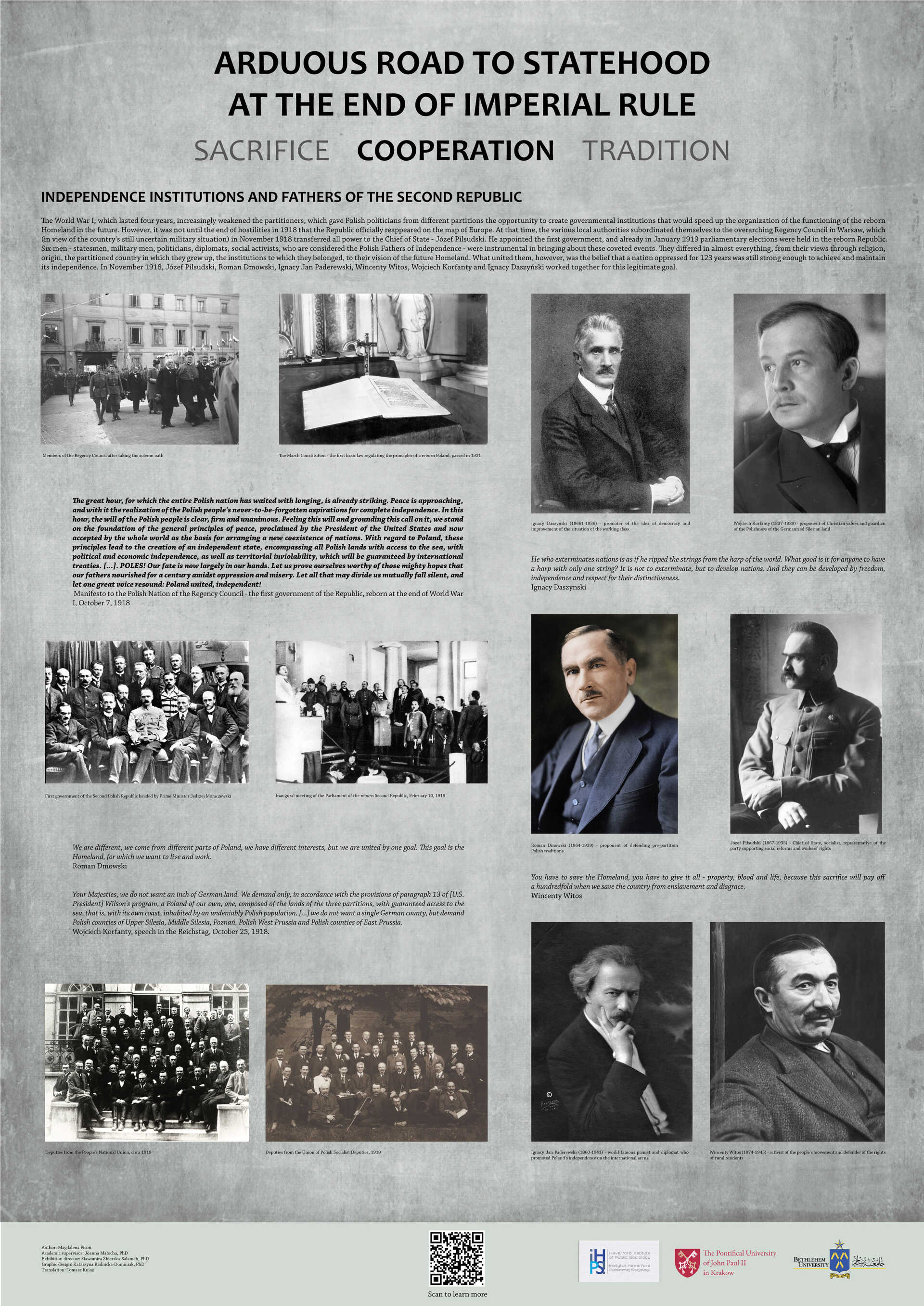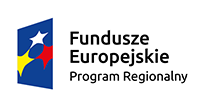V. Fathers of the Second Republic

You can download the HQ PDF version of the poster HERE.
Independence institutions and Fathers of the Second Republic
The World War I, which lasted four years, increasingly weakened the partitioners, which gave Polish politicians from different partitions the opportunity to create governmental institutions that would speed up the organization of the functioning of the reborn Homeland in the future. However, it was not until the end of hostilities in 1918 that the Republic officially reappeared on the map of Europe. At that time, the various local authorities subordinated themselves to the overarching Regency Council in Warsaw, which (in view of the country's still uncertain military situation) in November 1918 transferred all power to the Chief of State - Józef Pilsudski. He appointed the first government, and already in January 1919 parliamentary elections were held in the reborn Republic.
Six men - statesmen, military men, politicians, diplomats, social activists, who are considered the Polish Fathers of Independence - were instrumental in bringing about these coveted events. They differed in almost everything, from their views through religion, origin, the partitioned country in which they grew up, the institutions to which they belonged, to their vision of the future Homeland. What united them, however, was the belief that a nation oppressed for 123 years was still strong enough to achieve and maintain its independence. In November 1918, Józef Pilsudski, Roman Dmowski, Ignacy Jan Paderewski, Wincenty Witos, Wojciech Korfanty and Ignacy Daszyński worked together for this legitimate goal.



